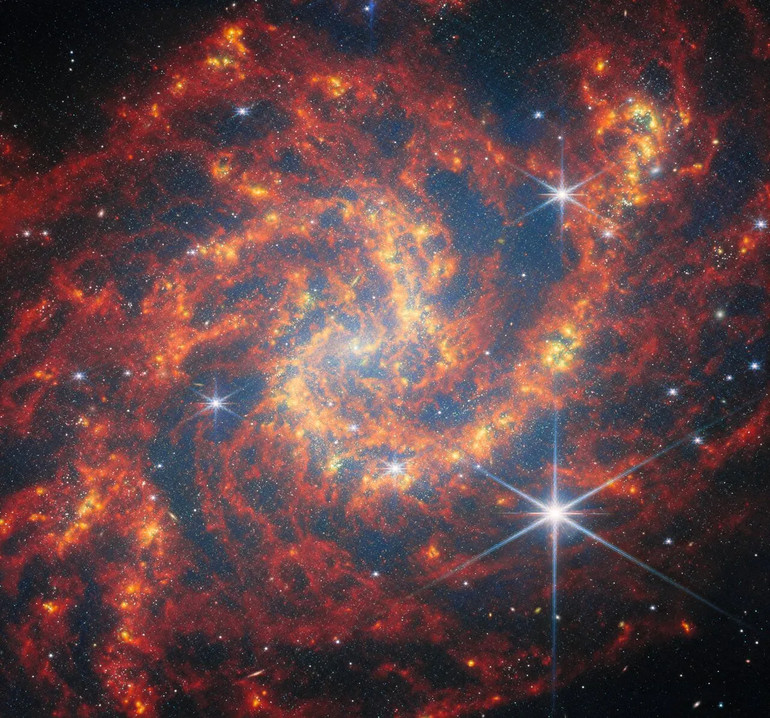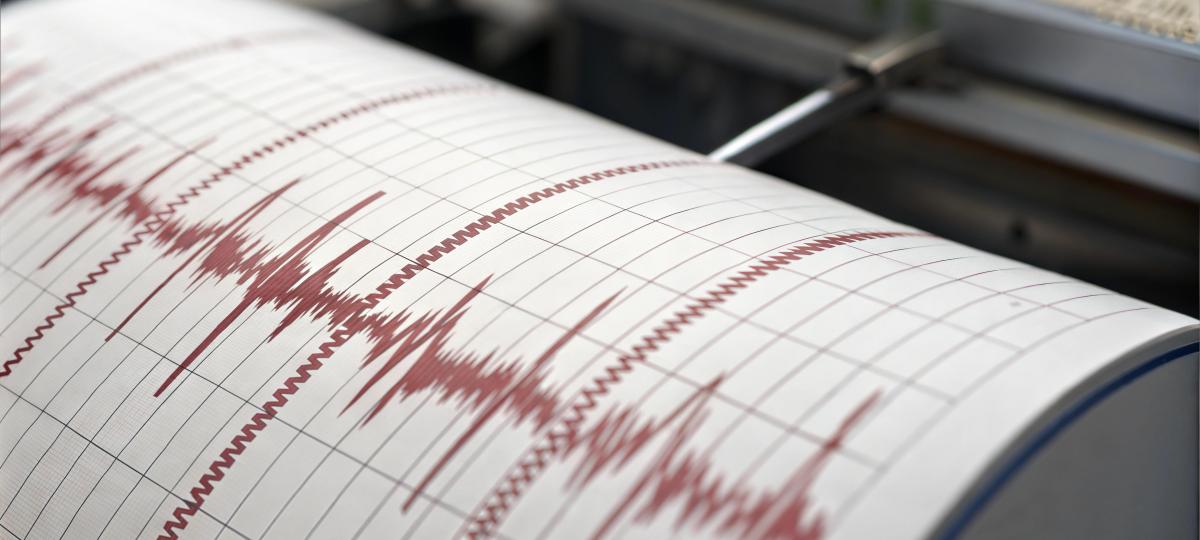Webba telescope recorded the birth of stars

Webba telescope recorded the birth of stars in NGC 2283 galaxy
Esa/webb, nasa & csa, A. leroy
James Webba telescope recorded vivid star clusters and interstellar gas at a distance of 45 million light years from Earth in the Constellation of the Great PSA.
Research, Posted The European Space Agency (ESA) demonstrates the active formation of stars in the NGC 2283 spiral galaxy, writes Space.com.
The image shows the central jumper of the galaxy, surrounded by blurred spiral sleeves, which literally « burn » young stars and hydrogen clouds.

Birth of stars in a spiral galaxy NGC 2283
Esa/webb, nasa & csa, A. leroy
It is this gas that is the main fuel for the formation of new luminaries. In addition, in the process of birth of stars play an important role in the supernova-explosions of massive stars, which enrich the interstellar environment with elements, such as oxygen and sodium.
« The process of formation of stars turns gas into luminaries, but the supernova is completing this cycle. Supernote explosions scatter gas for hundreds of light years, enriching interstellar clouds from which the following generations of stars are formed« , – explain ESA representatives.
NGC 2283 is also home for a recently fixed SN 2023axu, which was first spotted on January 28, 2023. This is a super -type II – a phenomenon that occurs when a massive star (at least eight solar masses) reaches the end of its life.
The collapse of her nucleus triggers the catastrophic explosion of the outer layers, of which new star systems may be born.
The star panorama was made of six pictures taken in 17 minutes by the cameras on board the telescope James Webba. Scientists have used various infrared filters to fix the radiation of gas, dust and stars in different ranges.
« NGC 2283 is only one of the 55 galaxies of the local universe that are explored under this program. All these galaxies are close enough to allow us to consider individual star clusters and interstellar clouds, » – Note in ESA.
On the new NGC light, 2283 depicts closely so that you can see complex spiral sleeves and dense areas of hot gas and dust.
The variety of colors depends on the type of particles present. For example, organic molecules have infrared radiation, which acts as a beacon of active areas of star formation in the universe. Observations on these molecules allow you to understand the chemical and physical conditions of such « starrapy » as NGC 2283.







